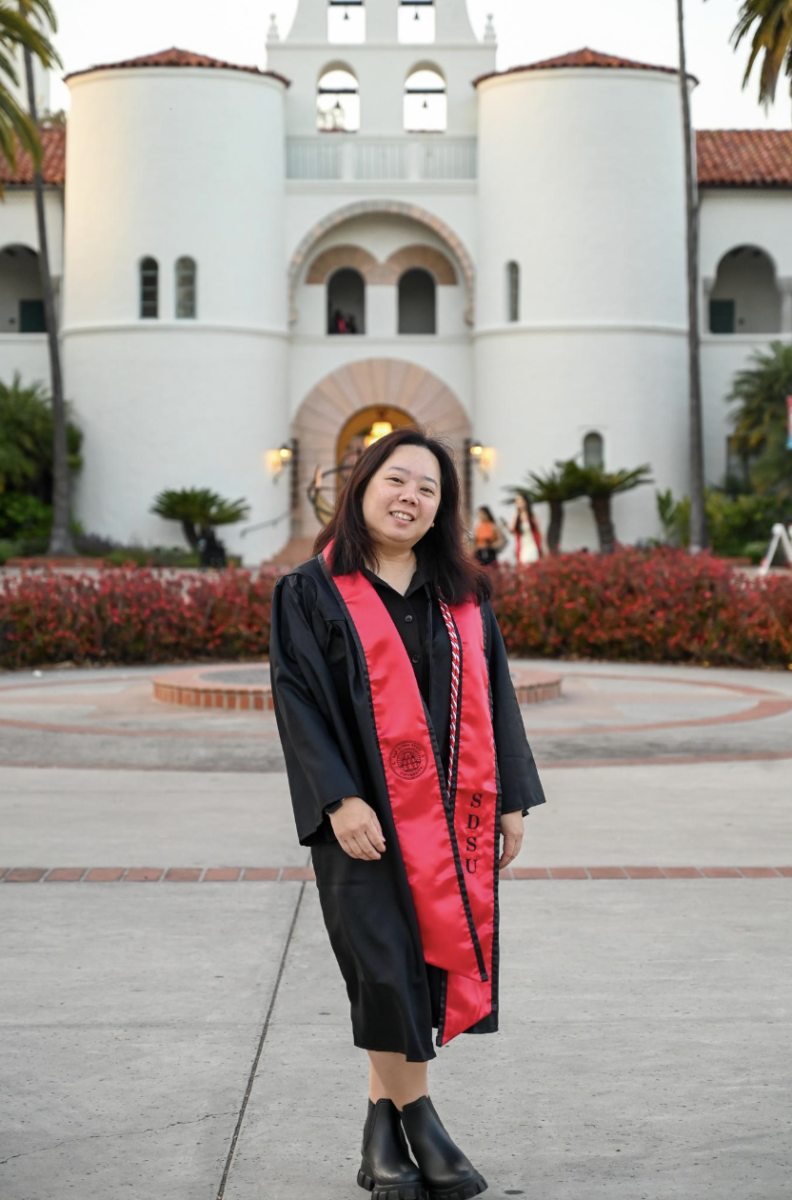Studying abroad is the new black. What used to be a program required for international majors has now become a stereotypical experience for most college students. While most students seem to capitalize on the opportunity to spend a semester abroad, the financial barrier also puts a significant number of students at a loss for options.
As of 2017, there are 31 majors at SDSU that require students to study abroad, according to the Office of International Programs. Study abroad programs used to be offered in specific cities that fulfilled all requirements for the students who had to travel for their major. Now SDSU offers seven different study abroad programs in 50 countries, which can last anywhere from a week up to a full year and vary from internships, to traditional programs.
In a 2016 report by Open Doors, SDSU is ranked number nine of the top 25 institutions awarding credit for studying abroad. In 2014-15, there were 2,422 SDSU students who studied abroad. To put this in perspective, in 2014 there were 25,230 full-time enrollments, according to SDSU’s Analytic Studies and Institutional Research. This number includes all undergraduates — about 10,000 of whom were sophomores and juniors. This makes the 2,422 students who studied abroad about 25 percent of the sophomore and junior classes — the usual two academic levels of students who participate in study abroad.
While SDSU is recognized nationally for its study abroad opportunities, much of what is highlighted are the romantics of the programs. As previously stated, some of SDSU’s study abroad programs last only a week while some last a year. One program SDSU offers is a study abroad in Tijuana where students can choose to commute to their program every day, which hypothetically accommodates those who cannot afford to study abroad otherwise. But this seems illogical. If a student cannot afford the time, money or lifestyle of a study abroad experience, why must the requirement exist?
Transfer students, campus commuters and a variety of SDSU students have a life beyond their undergraduate degree. There are compromises that must be made when getting a degree that are masked by the tuition hikes and general stress of the work load. Students now have families, careers and expectations that compromise their free-time and flexibility during a semester. Some students even commute from Tijuana to campus every day. It seems counterintuitive to require some of these students to meet a study abroad requirement. There are other ways to achieve cultural diversity that do not involve hasty attempts to accommodate all students needing to study in another country. Especially since making study abroad mandatory does not make the experience affordable.
Studying abroad is an opportunity that most students would not have otherwise. It is a beneficial experience SDSU offers that is irreplaceable and educating. But it is also not feasible for some students. What seems like a golden opportunity is more of another hurdle to jump across in the race of trying to receive a higher education. It should be a minimal requirement that is easy to opt out of through other internships and work experiences — not something to cheat on through week-long rushed travels. Besides, doesn’t that ruin the whole idealism of studying abroad?






